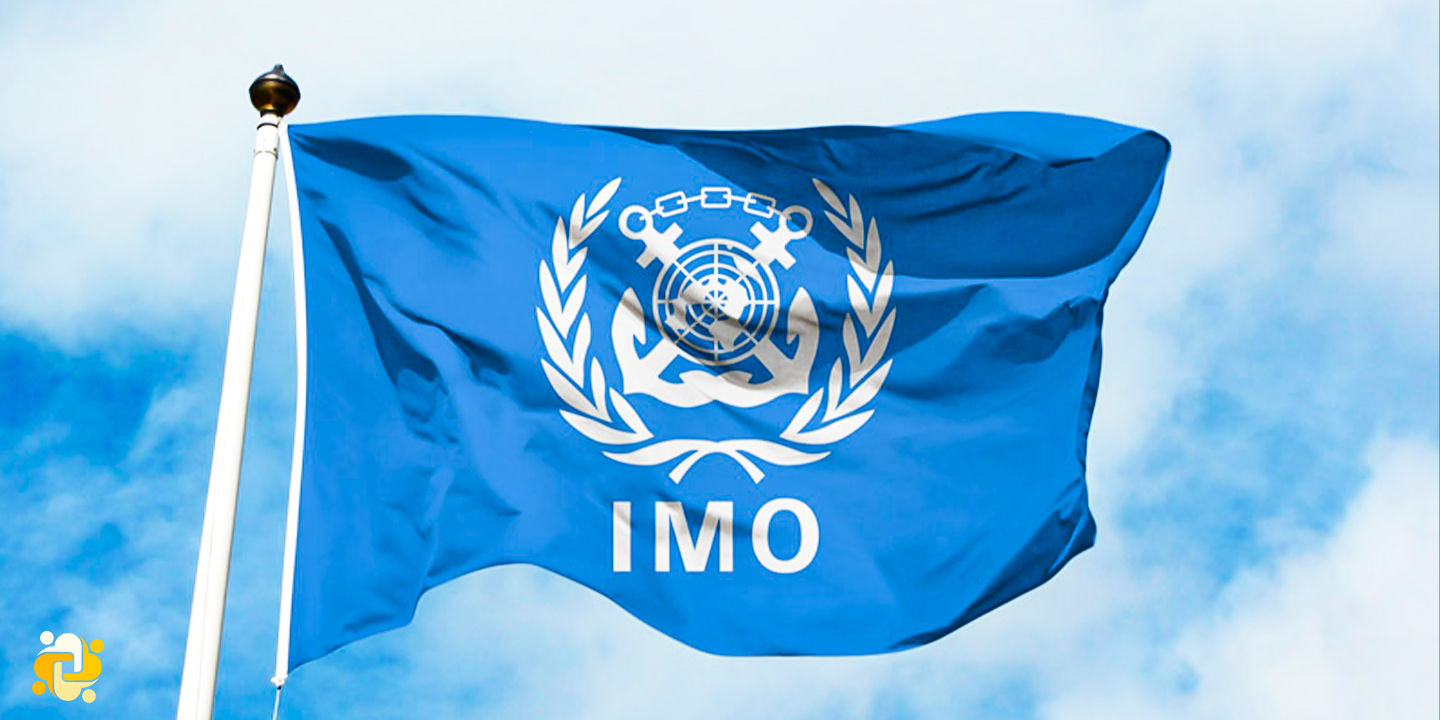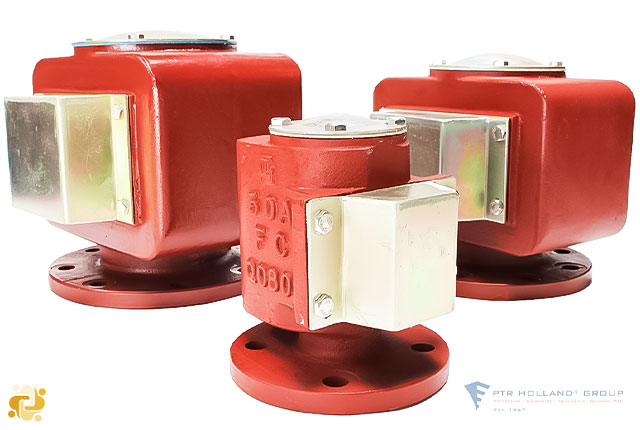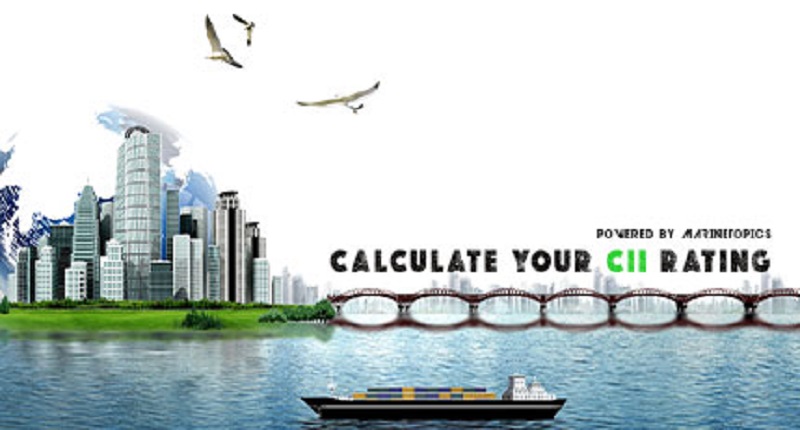
Structure of IMO
IMO History
It has always been recognized that the best way of improving safety at sea is by developing international regulations that are followed by all shipping nations and from the mid-19th century onwards a number of such treaties were adopted.
Several countries proposed that a permanent international body should be established to promote maritime safety more effectively, but it was not until the establishment of the United Nations itself that these hopes were realized.
In 1948 an international conference in Geneva adopted a convention formally establishing IMO (the original name was the Inter-Governmental Maritime Consultative Organization, or IMCO, but the name was changed in 1982 to IMO).
The IMO Convention entered into force in 1958 and the new Organization met for the first time the following year.
The purposes of the Organization, as summarized by Article 1(a) of the Convention, are “to provide machinery for cooperation among Governments in the field of governmental regulation and practices relating to technical matters of all kinds affecting shipping engaged in international trade; to encourage and facilitate the general adoption of the highest practicable standards in matters concerning maritime safety, efficiency of navigation and prevention and control of marine pollution from ships“. The Organization is also empowered to deal with administrative and legal matters related to these purposes.
IMO's first task was to adopt a new version of the International Convention for the Safety of Life at Sea (SOLAS), the most important of all treaties dealing with maritime safety.
This was achieved in 1960 and IMO then turned its attention to such matters as the facilitation of international maritime traffic, load lines and the carriage of dangerous goods, while the system of measuring the tonnage of ships was revised.
But although safety was and remains IMO's most important responsibility, a new problem began to emerge - pollution. The growth in the amount of oil being transported by sea and in the size of oil tankers was of particular concern and the Torrey Canyon disaster of 1967, in which 120,000 tonnes of oil was spilled, demonstrated the scale of the problem.
During the next few years IMO introduced a series of measures designed to prevent tanker accidents and to minimize their consequences. It also tackled the environmental threat caused by routine operations such as the cleaning of oil cargo tanks and the disposal of engine room wastes - in tonnage terms a bigger menace than accidental pollution.
The most important of all these measures was the International Convention for the Prevention of Pollution from Ships, 1973, as modified by the Protocol of 1978 relating thereto (MARPOL 73/78). It covers not only accidental and operational oil pollution but also pollution by chemicals, goods in packaged form, sewage, garbage and air pollution.
IMO was also given the task of establishing a system for providing compensation to those who had suffered financially as a result of pollution. Two treaties were adopted, in 1969 and 1971, which enabled victims of oil pollution to obtain compensation much more simply and quickly than had been possible before. Both treaties were amended in 1992, and again in 2000, to increase the limits of compensation payable to victims of pollution. A number of other legal conventions have been developed since, most of which concern liability and compensation issues.
Also in the 1970s a global search and rescue system was initiated, with the establishment of the International Mobile Satellite Organization (IMSO), which has greatly improved the provision of radio and other messages to ships.
The Global Maritime Distress and Safety System (GMDSS) was adopted in 1988 and began to be phased in from 1992. In February 1999, the GMDSS became fully operational, so that now a ship that is in distress anywhere in the world can be virtually guaranteed assistance, even if the ship's crew do not have time to radio for help, as the message will be transmitted automatically.
Two initiatives in the 1990s are especially important insofar as they relate to the human element in shipping. On 1 July 1998 the International Safety Management Code entered into force and became applicable to passenger ships, oil and chemical tankers, bulk carriers, gas carriers and cargo high speed craft of 500 gross tonnage and above. It became applicable to other cargo ships and mobile offshore drilling units of 500 gross tonnage and above from 1 July 2002.
On 1 February 1997, the 1995 amendments to the International Convention on Standards of Training, Certification and Watch keeping for Seafarers, 1978 entered into force. They greatly improve seafarer standards and, for the first time, give IMO itself powers to check Government actions with Parties required to submit information to IMO regarding their compliance with the Convention. A major revision of the STCW Convention and Code was completed in 2010 with the adoption of the “Manila amendments to the STCW Convention and Code”.
New conventions relating to the marine environment were adopted in the 2000s, including one on anti-fouling systems (AFS 2001), another on ballast water management to prevent the invasion of alien species (BWM 2004) and another on ship recycling (Hong Kong International Convention for the Safe and Environmentally Sound Recycling of Ships, 2009).
The 2000s also saw a focus on maritime security, with the entry into force in July 2004 of a new, comprehensive security regime for international shipping, including the International Ship and Port Facility Security (ISPS) Code, made mandatory under amendments to SOLAS adopted in 2002.
In 2005, IMO adopted amendments to the Convention for the Suppression of Unlawful Acts (SUA) Against the Safety of Maritime Navigation, 1988 and its related Protocol (the 2005 SUA Protocols), which amongst other things, introduce the right of a a State Party desires to board a ship flying the flag of another State Party when the requesting Party has reasonable grounds to suspect that the ship or a person on board the ship is, has been, or is about to be involved in, the commission of an offence under the Convention.
As IMO instruments have entered into force and been implemented, developments in technology and/or lessons learned from accidents have led to changes and amendments being adopted.
The focus on implementation continues, with the technical co-operation programme a key strand of IMO's work.
The IMO Member State Audit Scheme, which became mandatory under a number of key IMO instruments on 1 January 2016, will increasingly play a key role in supporting effective implementation by providing an audited Member State with a comprehensive and objective assessment of how effectively it administers and implements those mandatory IMO instruments which are covered by the Scheme.
IMO's mission statement:
“The mission of the International Maritime Organization (IMO) as a United Nations specialized agency is to promote safe, secure, environmentally sound, efficient and sustainable shipping through cooperation. This will be accomplished by adopting the highest practicable standards of maritime safety and security, efficiency of navigation and prevention and control of pollution from ships, as well as through consideration of the related legal matters and effective implementation of IMO’s instruments with a view to their universal and uniform application.”
Member States
IMO currently has 175 Member States and three Associate Members.
Non-Governmental Organizations(NGOs)
Non-governmental international organizations that have the capability to make a substantial contribution to the work of IMO may be granted consultative status by the Council with the approval of the Assembly.
To date there are 80 international non-governmental organizations in consultative status with IMO.
Intergovernmental Organizations (IGOs)
IMO may enter into agreements of cooperation with other intergovernmental organizations on matters of common interest with a view to ensuring maximum coordination in respect of such matters.
To date there are 63 intergovernmental organizations which have signed agreements of cooperation with IMO.
Structure of IMO
The Organization consists of an Assembly, a Council, five main Committees and a number of Sub-Committees support the work of the main technical committees.
Assembly
This is the highest Governing Body of the Organization. It consists of all Member States and it meets once every two years in regular sessions, but may also meet in an extraordinary session if necessary. The Assembly is responsible for approving the work programme, voting the budget and determining the financial arrangements of the Organization. The Assembly also elects the Council.
Council
The Council is elected by the Assembly for two-year terms beginning after each regular session of the Assembly.
The Council is the Executive Organ of IMO and is responsible, under the Assembly, for supervising the work of the Organization. Between sessions of the Assembly the Council performs all the functions of the Assembly, except the function of making recommendations to Governments on maritime safety and pollution prevention which is reserved for the Assembly by Article 15(j) of the Convention.
Other functions of the Council are to:
- coordinate the activities of the organs of the Organization;
- consider the draft work programme and budget estimates of the Organization and submit them to the Assembly;
- receive reports and proposals of the Committees and other organs and submit them to the Assembly and Member States, with comments and recommendations as appropriate;
- appoint the Secretary-General, subject to the approval of the Assembly;
- enter into agreements or arrangements concerning the relationship of the Organization with other organizations, subject to approval by the Assembly.
Maritime Safety Committee (MSC)
The MSC is the highest technical body of the Organization. It consists of all Member States. The functions of the Maritime Safety Committee are to “consider any matter within the scope of the Organization concerned with aids to navigation, construction and equipment of vessels, manning from a safety standpoint, rules for the prevention of collisions, handling of dangerous cargoes, maritime safety procedures and requirements, hydrographic information, log-books and navigational records, marine casualty investigations, salvage and rescue and any other matters directly affecting maritime safety”.
The Committee is also required to provide machinery for performing any duties assigned to it by the IMO Convention or any duty within its scope of work which may be assigned to it by or under any international instrument and accepted by the Organization. It also has the responsibility for considering and submitting recommendations and guidelines on safety for possible adoption by the Assembly.
The expanded MSC adopts amendments to conventions such as SOLAS and includes all Member States as well as those countries which are Party to conventions such as SOLAS even if they are not IMO Member States.
The Marine Environment Protection Committee (MEPC)
The MEPC, which consists of all Member States, is empowered to consider any matter within the scope of the Organization concerned with prevention and control of pollution from ships. In particular, it is concerned with the adoption and amendment of conventions and other regulations and measures to ensure their enforcement.
The MEPC was first established as a subsidiary body of the Assembly and raised to full constitutional status in 1985.
Sub-Committees
The MSC and MEPC are assisted in their work by a number of sub-committees which are also open to all Member States:
- Sub-Committee on Human Element, Training and Watch keeping (HTW);
- Sub-Committee on Implementation of IMO Instruments (III);
- Sub-Committee on Navigation, Communications and Search and Rescue (NCSR);
- Sub-Committee on Pollution Prevention and Response (PPR);
- Sub-Committee on Ship Design and Construction (SDC);
- Sub-Committee on Ship Systems and Equipment (SSE); and
- Sub-Committee on Carriage of Cargoes and Containers (CCC).
Legal Committee
The Legal Committee is empowered to deal with any legal matters within the scope of the Organization. The Committee consists of all Member States of IMO. It was established in 1967 as a subsidiary body to deal with legal questions which arose in the aftermath of the Torrey Canyon disaster.
The Legal Committee is also empowered to perform any duties within its scope which may be assigned by or under any other international instrument and accepted by the Organization.
Technical Cooperation Committee
The Technical Cooperation Committee is required to consider any matter within the scope of the Organization concerned with the implementation of technical cooperation projects for which the Organization acts as the executing or cooperating agency and any other matters related to the Organization's activities in the technical cooperation field.
The Technical Cooperation Committee consists of all Member States of IMO, was established in 1969 as a subsidiary body of the Council, and was institutionalized by means of an amendment to the IMO Convention which entered into force in 1984.
Facilitation Committee
The Facilitation Committee was established as a subsidiary body of the Council in May 1972, and became fully institutionalized in December 2008 as a result of an amendment to the IMO Convention. It consists of all the Member States of the Organization and deals with IMO's work in eliminating unnecessary formalities and “red tape” in international shipping by implementing all aspects of the Convention on Facilitation of International Maritime Traffic 1965 and any matter within the scope of the Organization concerned with the facilitation of international maritime traffic. In particular, in recent years the Committee's work, in accordance with the wishes of the Assembly, has been to ensure that the right balance is struck between maritime security and the facilitation of international maritime trade.
Secretariat
The Secretariat of IMO consists of the Secretary-General and some 300 international personnel based at the headquarters of the Organization in London.
Reference:
- https://www.imo.org








